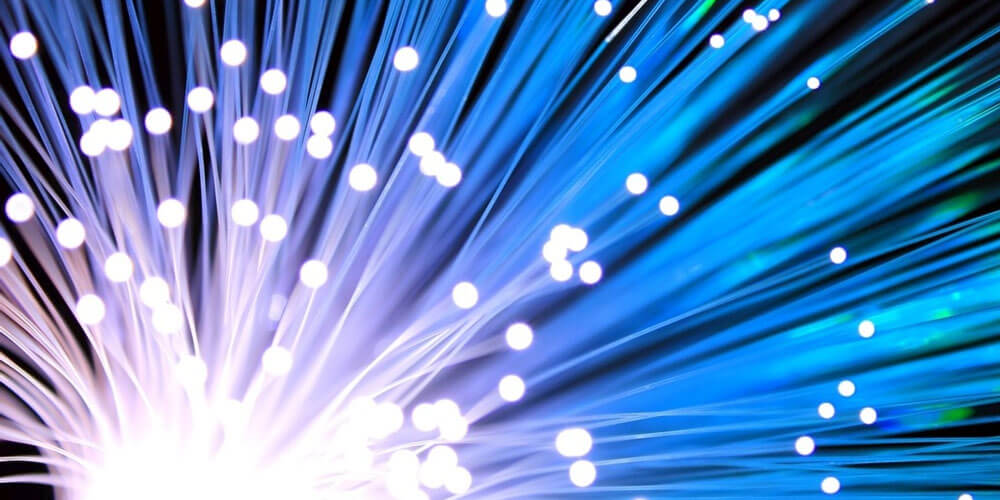Fiber optic lighting uses optic fibers to move the light from the primary source to a remote location. It travels through the core, forming internal reflections caused by bouncing off the cladding. Optic lighting is becoming a great point of interest to people, such as electrical contractors. As the technology continues to develop, more applications are tapping into it as it comes with numerous benefits. The demand for this lighting is increasing at a high rate. In this extract, we look at the components of a fiber optic lighting system.
Components of a Fibre Optic Lighting System
The lighting system has various components that work together to make it a complete system, but the three major ones are the light source, harness, and end fittings.
1. Light Source
It acts as housing where all electrical components are found. It has a bulb, fan, controlling gear, color wheel, and transformer. The light source used and the wattage required are determined by the fibers’ size and lighting level. Fiber optic lighting is excellent when produced from a small area of an object or lamp whose lumen output is high. The light source has a reflector behind it and a lens in front to help transmit light to the fibers.
2. Harness
It consists of two or more light guides with varying diameters, joined together on one end. A light guide, also known as a tail, is used to transmit light from the electric apparatus source. Lightguides can either be glass or plastic, i.e., glass or plastic end lit, or glass or plastic side glow. Plastic tails are more extensive than glass ones. The tails have different specifications, and each depends on the needed effect and output of the light. This also determines the number of guides required per light source. A harness made up of plastic tails can be cut at the location during installation, while a glass one comes ready from the manufacturer.
3. End Fittings
They are connected to the tails, which lead to the light. It makes it easy for them to be installed or fixed onto the desired material, e.g., wood, board artwork for showcasing, or displaying. They bring out the finished look, which is attractive to the eye.
Some other components include;
a. Illuminator
It is also known as the projector and houses the light source. The illuminator is usually fitted with a glass wheel color filter called dichroic. It allows light to change color as it passes from the fixture to the end of the fiber. Special effects can be made by computerizing the color wheel movement. Filters can be fixed on the illuminator to remove harmful energy such as UV and infrared from any equipment.
b. Fixtures
Fiber optic fixtures come in different designs and finishes, and there’s a wide variety in the market to choose from. This can lead to great confusion; however, most of them are made according to their application. It becomes easier to choose one that you like, and you can always seek professional help.
Conclusion
Fiber optic lighting system components work together to ensure optic light is transmitted well to the required location. Thus, anytime your thinking of installing these optic lighting ropes, make sure all the components are functioning well.
